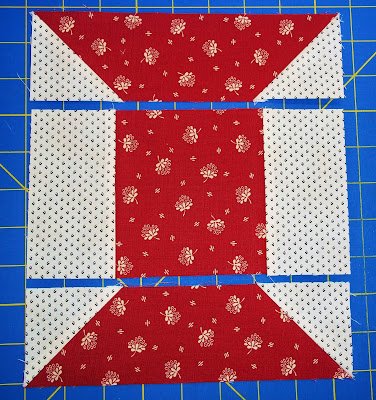A Long Journey to a Desired Destination
A long journey is definitely an
understatement. We were halfway
around the world and exhausted.
Our day started before dawn in
Kuala Lumpur, get ready, bags
downstairs to meet the driver,
speeding along an empty highway
through endless palm fields to
an airport that was bustling with
people when the world should
still be asleep. No one was on the
road coming in, where did all these
people come from? Did they sleep
here? Grab a donut and some juice,
wheels up with the sun and we
were off to Cambodia.
The airport in Cambodia looks
like a tropical resort hotel. The
plane dropped us off outside the
door like we were getting out of a
taxi. You then enter a room that
has a large curved desk filled with
officials in uniforms with more
epaulettes and braids than a high school
marching band. You then pay $20 US
per person to get a visa and wait for
your name to be called. It is so
official looking at first it feels a
bit frightening, they look like
Cambodia's Supreme Court, you think
will they let me in? When I was called
up to the desk I was asked if I had 2
children, I said yes, and then was asked,
only 2? I guess that isn't enough
in Cambodia.
We met our driver and headed to
our hotel oasis right in the middle
of Siem Reap.
As always, in Cambodia and Thailand,
we were greeted with cool drinks
when we arrived.
We explored town a bit and
had some lunch.
Then it was time for a nap
while the water feature trickled
into the lotus filled pond.
A refreshing swim in the rooftop
pool and we were ready to explore.
I knew the temples were in the jungle
so I assumed it would be quite a ride
to get to them but after only 10 minutes
we were buying our passes. Angkor Wat
is only 5 1/2 km from Siem Reap.
This is a man made moat that
surrounds the temple complex.
It is 1.5 km x 1.3 km, created by
hand, it represents the oceans
surrounding the earth.
Angkor Wat was built in the
12th century. It was first used
as a Hindu shrine, then Buddhist.
It was a pilgrimage destination,
abondoned in 1432 and forgotten
for a few centuries.
On the approach to the main temple
you pass a library building.
As I was walking up to the main
temple I noticed a flash of the saffron
robes of a monk running along the
arcade with his arms outstretched. An
expression of sheer joy, I understood,
I was happy to have made it here as well.
Angkor Wat is the world's largest
religious monument. The size of the
complex can't be described in words or
captured in photos. You must see it in
person to understand the immensity of
it. How could this be built in a remote
jungle in the 12th century with hand
tools and elephants?
There are endless bas relief
friezes. How many skilled artists
were there in a remote jungle in
the 12th century to carve all of this?
This is not a destination for someone
who is not in good physical shape.
It is a bit overwhelming, the heat,
the physical exertion in the heat,
all the stairs and walking exhausts you.
There are lots of crumbling, steep
staircases to climb and then,
you must get down them as well.
There are endless high
thresholds to climb over.
Every once in a while you'll see
some color in a carving. How long
ago was that paint put there?
You can't miss the flash of color
of the monk's robes against the
sandstone of the temples.
This young monk was playing
with some of the visiting children.
Kids are the same all over the world.
I'm always drawn to trees in art.
Exiting the main temple looking
back toward the main gate.
On our way out, we stopped at one
of the library buildings and sat out
on the ledge with our feet dangling
over the side, looking back at the main
temple as day began to fade to night.
Exhausted, we followed the
monks out of the complex.
And waiting for us was our wonderful
driver, Hoeum. If you are ever in need
of a driver in Siem Reap I would highly
recommend him. As you can see from
the photos the temples are very dusty
and we would track dust into his van
at each stop but while we were touring
he would clean up so it was perfect when
we got back. He would have moist towelettes
that he kept on ice so we could cool
down and wipe the dust from our
faces and hands. Then he had iced water
for us to keep us hydrated. He always
arrived an hour before our scheduled
departure in the morning and when we
asked him about it he told us if he was
late it would be his fault, very conscientous.
We said a sad goodbye to Hoeum at the
border at Poipet, he took good care of
us to the very end of our journey with
us. He can be reached at country code
855 o12 799415.




























































